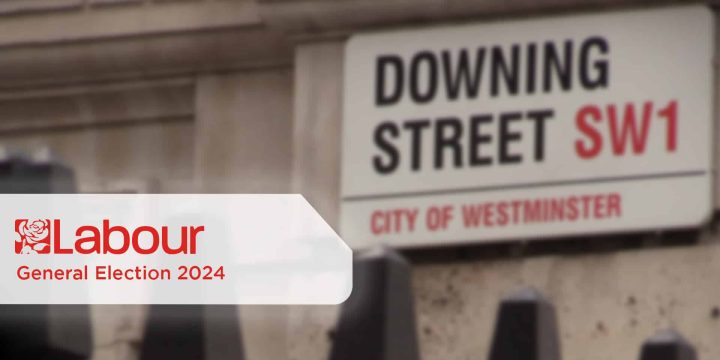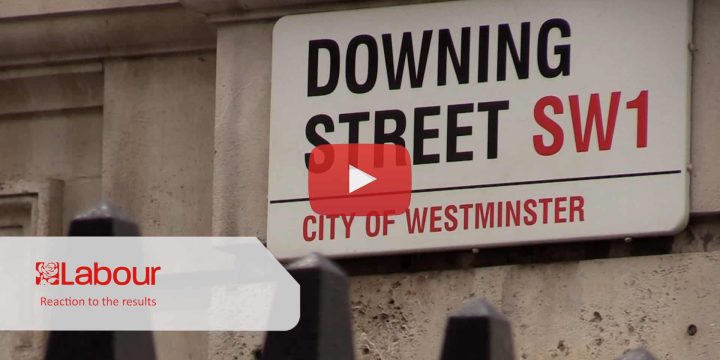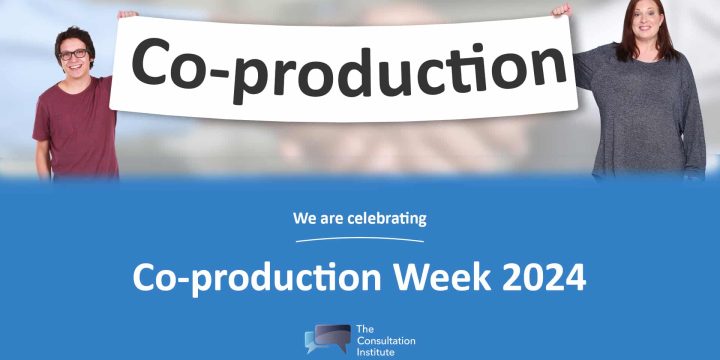News & Insights
The art of good Governance
Good corporate governance is often described in terms of processes and controls which certainly need to be in place to avoid the risk of any legal challenge, or is it, as a previous Tuesday Topic has suggested, actually rooted in effective leadership?
The Institute has always had an eye on what constitutes good governance when it comes to consultation. The Consultation Charter principles 4 and 5; transparency and disclosure are the bedrock of good governance but when, as practitioners, we are charged with preparing papers for our boards, committees, panels or governing bodies to consider, are we truly enabling effective leadership and decision making or simply crossing ‘t’s and dotting ‘i’s to get over a set of statutory and regulatory hurdles?
We thought it worth sharing the top 5 conundrums we often see:-
- Explicitly publish the documentation. When it comes to disclosure, as much transparency as possible is the safest route. We have often heard “well, it was published in the board papers”, but on closer investigation, it was buried at item 12, given a cursory glance as time was running out, barely reflected in the minutes and there is no way Joe or Josephine public could ever find it again if they knew that it was there in the first place.
- A good decision-making meeting is pure theatre. The actors know their lines, they have rehearsed together and everyone is on their mark. The players should know their roles and how to actively give conscientious consideration to the information before them. Their scripts should allow them to ask the right questions to demonstrate that certain responsibilities (a la Bracking) cannot be delegated.
- What gets measured gets done. Every good change programme has a risk register but if this is not monitored, it might as well not be there. A line on a corporate risk register or better, a full entry on a board assurance framework will give the consultation due focus. There’s nothing more effective than a well briefed elected member, non-exec director or PPI lay member to make sure a risk and its’ associated controls get a good airing in public.
- Scrutiny or decision? Written papers should be clear about what they seek from the programme board, committee or board and explicitly ask what they should do with the information presented. Recommendations must be clearly articulated, unambiguous and should provide sufficient information for decision makers to reach a conclusion. This becomes particularly pertinent as we work across systems or in partnership which brings in to mind “Who exactly takes the decision? We know of many consultations when this was far from clear – a real problem where legally independent and accountable bodies join forces to take tough decisions.” The Politics of Consultation.
- Reassurance or assurance? Plans and processes must be clear about how we will make sure that we will do the consultation well, all things carefully considered. After all, none of us go to work to do a bad job or put service users at risk. We should offer reassurance that we have the right procedures in place that can be flexed as the situation changes and that we could change the mitigations to minimise risks as they arise. However, we also need to provide accountable bodies with assurance that it has been done to best knowledge and ability. Of course, a tCI QA certificate always helps with assurance for regulators and board members.
As campaigners get smarter at bringing legal challenge, it is important to make sure that the processes are in place and that the leadership is there to deliver the service change proposal to a safe outcome. If you are preparing for a large scale transformation programme or looking to restart your continuous engagement processes after a pause for lockdown, contact us for advice.



